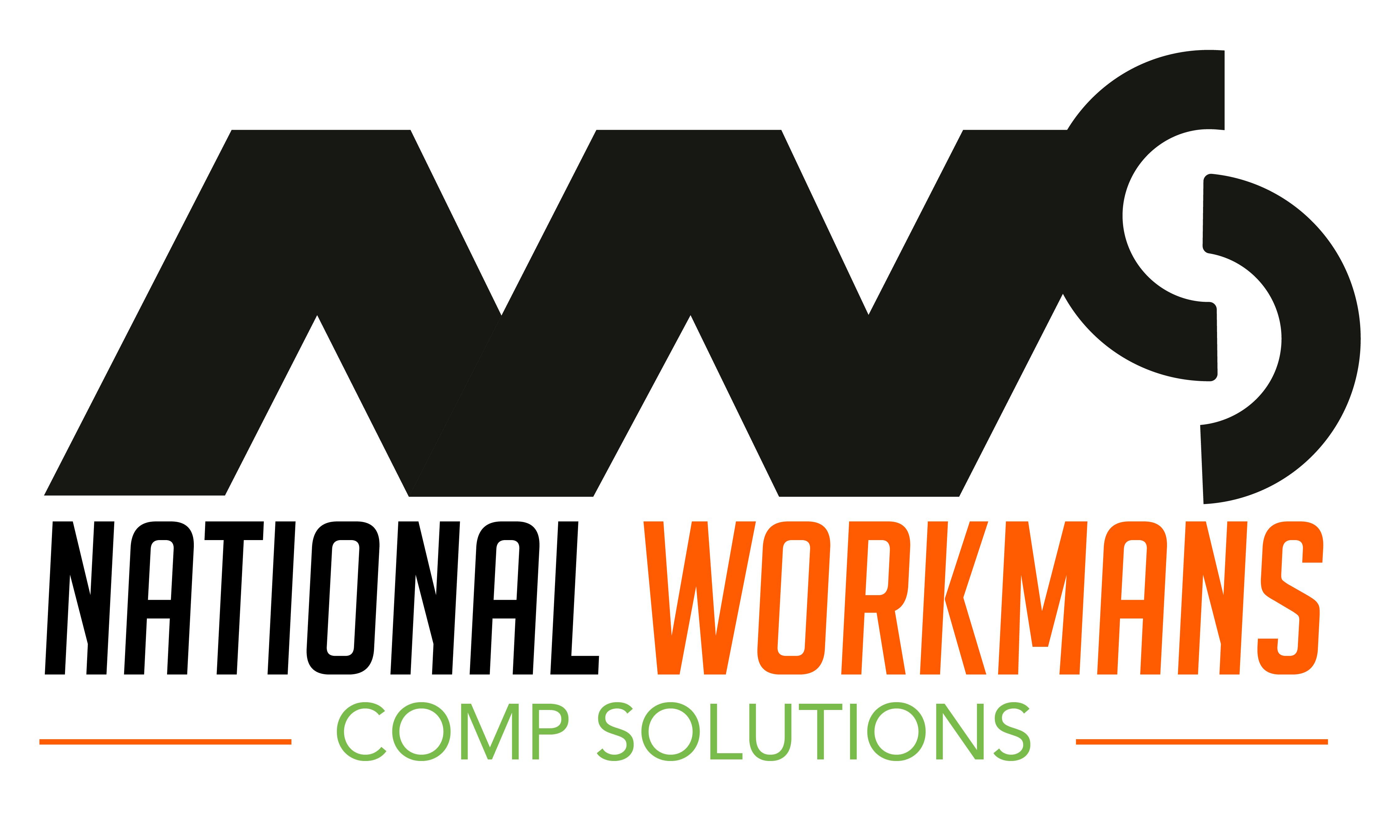No matter the type of profession you are in, the fact is, your workplace should have one or more safety hazards. It might seem like there is nothing that can pose a risk to your staff, but you might be surprised when a professional safety or health inspector discovers safety hazards that can put your workers at risk. Needless to say, the cost of dealing with employee injury should be enough to ensure you take the required safety measures more seriously.
Among some of the things that can help your business’s preparedness to deal with such risks is workers’ compensation insurance.
Besides, you can also seek the services of PEOs or ASO. Stick along for a detailed insight into the meaning of these acronyms and how they can be of benefit to your business.
What Is Workers Compensation Insurance?
Workers’ compensation insurance is as its name suggests. It is the employee money allocated as insurance. The amount is meant to cover a range of things such as lost wages, health care costs, costs for ongoing care, and many more.
There are laws that ensure that workers injured on the job don’t have to fight it out with their employer in courtrooms to get compensation. What’s more, they operate as no-fault laws.
This means that no one should take the blame for injuries sustained. Employers can control their workers’ compensation by joining a PEO.
What Does Worker Compensation Cover?
As mentioned earlier, workers’ compensation can cover a myriad of work-related bills. Among some of these bills include medical bills, lost wages, unemployment benefits, and many more.
Besides, workers’ compensation is also capable of providing employees with permanent disability benefits- in case they fail to make it back to work.
What Is a PEO?
It is an acronym for Professional Employer Organization. It is specially designed to provide companies with an all-inclusive HR service. They control workers’ payroll, compensation, unemployment insurance, and employment law compliance.
They integrate a model known as co-employment or joint employment to share a common tax ID with their assigned company.
Technically, the arrangement enables the client company to transfer employer responsibility to a reputable PEO.
The client company continues to manage their employees on their normal routine but matters concerning insurance, tax, or wages are managed by PEO. Besides, the PEO can also sponsor benefit programs such as health coverage and retirement plans.
How Is PEO Different From ASO?
The acronym ASO stands for Administrative Services Organization. Similar to PEO, they are designed to offer HR services such as unemployment insurance and payroll.
The main difference between the two is that PEO operates through a joint arrangement that lacks in ASO.
Although ASO can handle tasks such as insurance filings, tax, or payroll, they are performed under the client’s company directives and not through a shared tax ID. However, they can offer guidance with legal issues where necessary.
What Are the Benefits of PEO?
Business owners know that every dollar counts when it comes to running a business. This is exactly what PEO does to your business. It helps you save time and the headache of dealing with numerous employer responsibilities.
Besides, it also helps economize, fine-tune, and meet your HR demands while improving your employee retention and recruiting efforts. Here are some of the key benefits of PEO.
HR Compliance
Employment is not only complex but is also ever-changing. For this reason, you need an organization in your company that is entirely dedicated to helping you keep up with HR laws.
Remember, for your business to be successful, you need to avoid unnecessary costs.
PEO is capable of providing HR guidance and helps you avoid costs that can occur from compliance mishaps. They have access to seasoned HR professionals and can work hand-in-hand with you to keep you aware of the latest regulatory updates.
Recruitment
Recruiting can be a treacherous task that requires employers to be very careful when looking for a capable and qualified candidate. Besides, you might lack the time to focus on the critical essentials of solid recruitment.
PEO can help you conduct background checks, place job ads, and interview candidates. They can also help you gain access to experienced recruiters that will conduct recruitments based on your company’s employment needs.
Payroll
This is yet another benefit of hiring a PEO to manage your employees. They offer payroll services that are quite simple and at a straightforward fee. PEOs can automate payments to your employees. Handle your W-2s, withholdings, or garnishments.
Even so, it is recommended to hire PEO that provides annual or quarterly reports. Some organizations charge a separate fee for every payroll service provided.
Supporting Remote Teams
One of the best things about a PEO is that you won’t have to deal with online meetings, employment-related compliance obligations, tax filings, payroll, and many more.
They also help keep your business updated with the latest state labor and federal laws, that affect employees working remotely.
For instance, if a remote employee moves to a different state from where your business is located your business will be required to comply with laws in that state. A good PEO will help you navigate these employment and tax implications.
Workers’ Compensation
A recent study reveals that 50% of injured workers do not file claims due to a lack of knowledge of insurance coverage.
As mentioned earlier, workers’ compensation is a critical aspect in business that can save your company a considerable amount of money.
A good PEO should be capable of providing your business with access to specialists in workers’ compensation to work with your HR team.
It will help you mitigate risks while providing your employees with their desired answers at the right time. Additionally, a good PEO can also provide your employees with workers’ compensation coverage through their own insurance program.
What a PEO Doesn’t Do
Now that you know what a PEO does to your business, perhaps you might want to know what it doesn’t do. Firstly, you should note that PEOs don’t control your business.
It is a co-employer that serves purposes stipulated in the agreement.
Secondly, it cannot replace your internal HR team. It aligns itself with your company’s existing HR team to provide better services.
They also employ seasoned HR professionals to provide your company with the best expertise.
Thirdly, they do not disrupt the normal functioning of your workplace. They work in the background and your employees experience little or no disruption.
The only thing they might notice is the PEO’s name on their paycheck or upgrading of benefits package since the involvement of the PEO.
How to Prevent Employee Injury
Prevention is always better than cure. If you want to cut costs on avoidable accidents at your workplace, it is imperative to integrate preventive measures. Here are some of the tips you can use in workplace injury protection.
Provide the Right Safety Equipments
This goes without saying- if you want to keep your workers and safe, you need to provide them with the right safety clothing or equipment.
This is especially critical in many developed countries with stringent laws against unhealthy and unsafe working conditions.
If your industry has high risks of injury, you should provide your employees with safety gear such as gloves, helmets, luminescent vests, and proper footwear.
Besides, if your nature of work is not high-risk, all you might need to provide is flexible uniforms or insulated clothing to help with comfort.
Safety Policies
It is necessary to ensure that you put the right safety and health policies in place and all the necessary documentation to make everything clear to your workers.
The best way to disseminate this information to your workers is to have everything in written form.
Apart from that be sure to work closely with a seasoned HR professional. They should know exactly what is needed to provide your workers with the best possible protection.
Besides, you also need a legal representation that will ensure that the workers’ insurance compensation covers all the legal bases.
Conduct Regular Inspection and Maintenance
The best way to keep your workplace safe is at all times is to conduct regular inspection and maintenance. Hire a professional safety and health inspector to inspect your workplace safety hazards that might put your workers at risk.
Technically, asset maintenance is a critical aspect of a business. It helps boost productivity and efficiency at work. You can employ an in-house team to help you conduct a daily inspection to ensure that everything is in top shape.
It will not only help prevent injuries but also minimize costs from legal claims.
Proper Training and Education
It is easy to avoid injuries if your employees have the right safety training and education. You should note that simply putting up signs might not do the trick.
You need to organize workshops and training sessions to educate them on the dos and don’ts to avoid work-related accidents.
The best person for this job should be an HR staff. They can clearly communicate the required health and safety details to your employees.
Additionally, you might also want to have a senior employee member handle the practical sessions.
Get Your Workers’ Compensation Insurance Today!
Accidents happen almost all the time, which makes it necessary to have workers’ compensation insurance. It helps you safeguard your workers and save a considerable amount of money.
Besides, ensure you put the above tips into consideration to help you integrate the right safety measures, avoid employee injury at the workplace, incorporate PEOs, and ASO in your business.
Looking for quality workers’ compensation insurance at the best price? Contact us to request an instant quote and let us help your business focus on business and not risk.


 November 27, 2021
November 27, 2021 Blog
Blog 









